The Impact of IoT on Agriculture
When we think of IoT applications, raising livestock or growing crops are not the first visuals that come to our mind. According to Markets and Markets, the market for smart agriculture is expected to evolve up to $11.23 billion by the year 2022.
The reason for this is that the farmers are getting more connected as they realize the potential of IoT technologies in enabling to minimize operational costs while still attaining better results. The examples include less water usage, lower livestock losses, and higher crops.
The providers of IoT technology continue to develop platforms that can communicate, process, and sense precisely measured environmental data to help improve farm performance. There is an array of technologies behind these IoT platforms that includes drones, LED lights, energy harvesting, transmitters, microcontrollers, sending, and so on. The applications of smart farming that take advantage of IoT and are already in play are as follows.
Precision Farming
Usually, the agricultural sector is prone to risks. Many factors that range from improper irrigation and rainfall forecasts, to poor soil quality and harvesting/planting methods, can have adverse effects on the overall productivity. The farmers can prevent these situations with the help of agricultural IoT. They can get highly accurate, real-time data from their fields by using advanced agro-sensors depending on what kind of crucial decisions(‘when to harvest?’, ‘when to irrigate,’ etc.) can be taken.
Continuous access to the information that is relevant decreases the chances of crop losses and helps farmers make more well-rounded and better farming plans. Due to the evolving precision agriculture, the concepts of satellite farming(SF), site-specific crop management(SSCM) and microelectromechanical systems(MEMS) are coming into the picture.
Agricultural Drones
The drone technology will provide a high-technology makeover to the agriculture industry with strategy and planning based on real-time data collection and processing. There are various ways in which ground-based and aerial drones will be utilized throughout the crop cycle. The most common use of agricultural drones is surveying or mapping. The aerial perspective that drones provide decreases the need to go row by row to check the health of the crop.
The data obtained from drone flights can be put together in a particular form to show the crop number, and few are even sophisticated enough to show the height of a plant. Few companies are coming up with drones made especially for agriculture. Because of this, drone spraying is starting to gain momentum. The latest agriculture drones use thermal and infrared cameras to capture field data like chlorophyll levels.
Livestock Monitoring
IoT devices are helping enhance productivity and monitor the health of livestock. They are being used to monitor the locations of cows and eradicate cattle theft. They can detect the fertility and health of cows ranging from single cows to herds. An IoT device mounted on the neck of a cow tracks its activity throughout the day.
The IoT device also sends information about health issues and eating behavior to farmers. The IoT devices are even used to milk cows. They can also increase the production of milk by allowing cows to select when they would like to be milked. This results in extended milking sessions.
Mini Greenhouses
IoT enables people to be able to grow vegetables at their homes or on their balconies. The mini greenhouses are now becoming a reality: you can grow salad, herbs, tomatoes, without efforts in a small space since the wireless sensor system will indicate, for instance, when you must add nutrients or water. All these tasks can be automated because, the IoT, via wireless actuators, allows to reduce the human effort while ensuring a safe product regarding flavor and quality.
Conclusion
For agricultural IoT, the stage is all set to transform the farming activities, lifting the performance levels by a couple of notches. Temporary bottlenecks are emerging from things such as the frequent lack of interoperability/compatibility between sensors from various platforms, the amount of big data generated(dealing with it can be tricky for an average farmer) and the doubts that still exist in the minds of farmers.
As soon as these minor hitches are eliminated, the impact of IoT on agriculture will become more evident. Hope you had fun reading about the impact of IoT on agriculture. Apart from this, there are many other promising and powerful IoT applications. IoT healthcare solutions are being used by many hospitals around the world. Thus, with examples like these, the future of IoT will be fascinating with billions of things talking to each other with minimal human intervention.


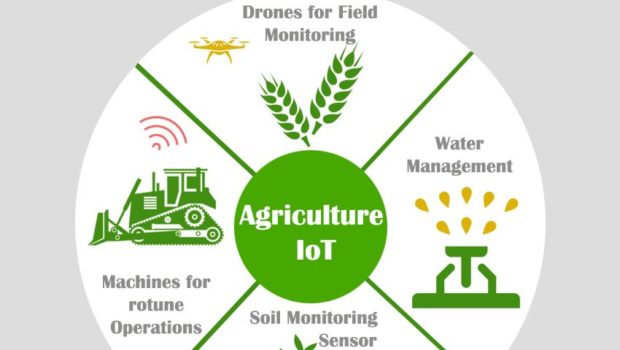

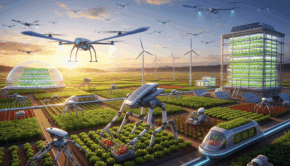
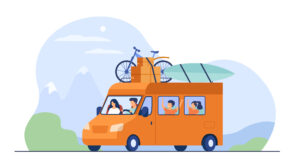
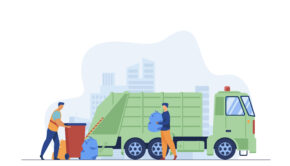


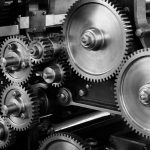
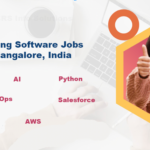

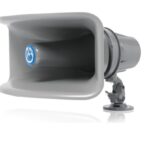





One Response to The Impact of IoT on Agriculture